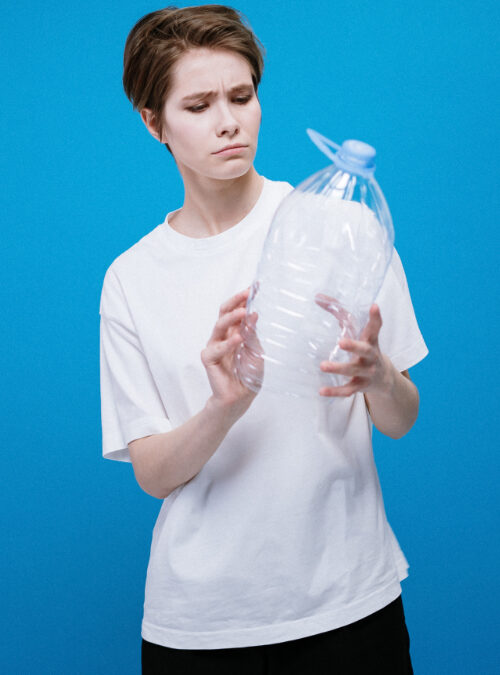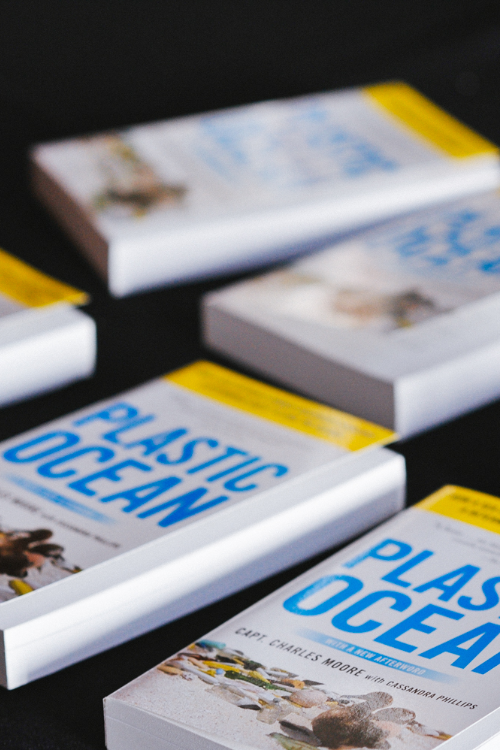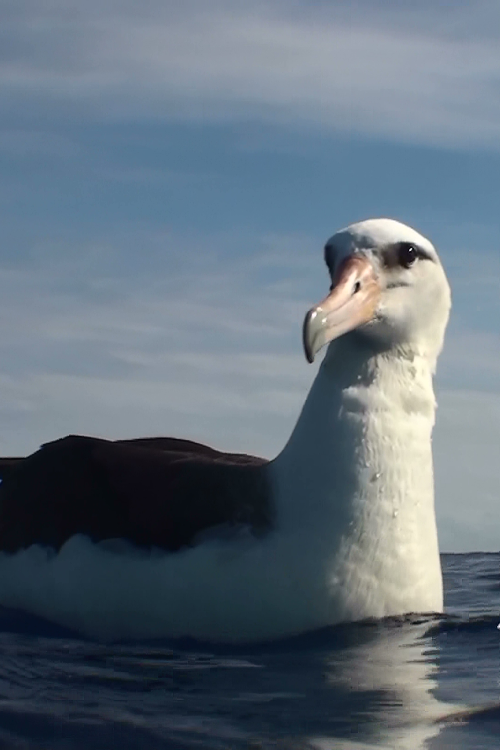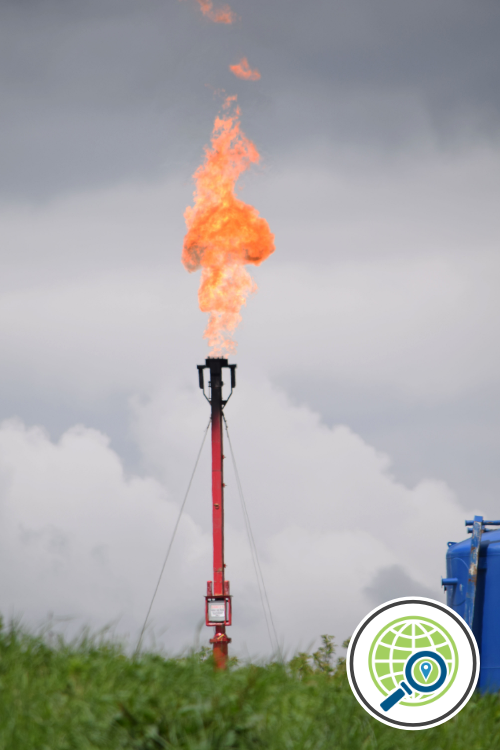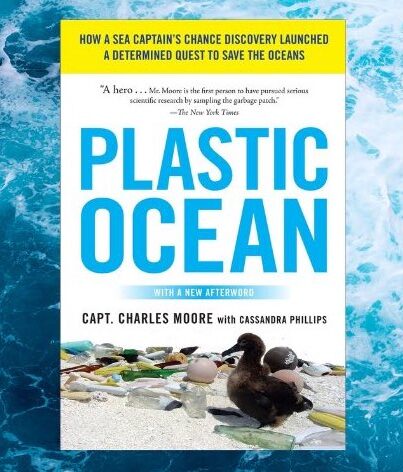
Lesson

Photo Credit: Cottonbro Studio on Pexels.
Investigate the consequences of plastics on the health of humans and other living organisms. Engage in a Socratic seminar exploring the ethical considerations of the harm to various species due to plastic production and use.
Grades 9 and up
Time Needed 3 – 4 hours
This lesson was created by middle school science educator Julie Keck-Centeno Ed.D. and is part of the “Plastic Ocean” English Language Arts Toolkit.
Purpose and Context
In Chapter 13: Bad Chemistry of his book Plastic Ocean, author Charles Moore investigates the question: “What are the impacts of plastic production on the health of living organisms?” The chapter gives many examples of how living organisms experience a variety of negative health effects due to exposure to plastics. Whether due to the ingestion of micro plastics or other manner of chemical transfer, the health of many organisms is harmed due to plastic pollution. Chemicals in plastic have been potentially linked to metabolic disorders, endocrine disruption causing hormonal imbalances, reproductive disorders, developmental effects, thyroid disruption, and cancer. There are likely unknown long-term consequences that we have yet to uncover. Because plastics are so pervasive and the chemicals within plastics are so persistent, the question must be asked:
What is the acceptable level of risk to ourselves and other living organisms for the continued use of plastics?
Instructions
Part 1: Students conduct an investigation of the dangers of pollution to the health of living organisms.
Assign individuals, pairs of students, or small groups to investigate one or more species. Be sure to include a variety of species from a range of habitats, for example, humans, aquatic organisms, terrestrial organisms, birds, invertebrates, and even plants. Students should include the following information in their investigation:
- What type of plastics pose the biggest threat to the health of their assigned organism?
- What are the health hazards their organism faces from plastic?
- What are the effects of these hazards on the organism’s ecosystem?
Part 2: Have students make a summary of their investigation that they can share as part of a Socratic Seminar. Summaries could include visuals and evidence of how plastics have harmed their species and its ecosystem.
Part 3: Socratic Seminar
With thoughtful and respectful dialogue, students will explore the complexity of the issue of the health hazards of plastics on living organisms.
Opening statement: We will share what we have learned about the harm caused by plastics to the health of living organisms. Given the risk that many of you have discovered, what is the acceptable level of risk to ourselves and other living organisms for the continued use of plastics?
Ground rules:
- Active listening
- Respectful dialogue
- Build on each other’s ideas
- Support your argument with evidence from your investigation
- Ask follow-up questions and respectfully challenge different perspectives
- Explore the underlying assumptions
Moderator:
- Guide the discussion
- Ensure everyone has an opportunity to contribute
- Maintain a balanced conversation.
Discussion Questions:
- What are some specific examples of health hazards that plastics pose to humans and the other living organisms you investigated?
- How do these health hazards impact ecosystems and biodiversity?
- What are some of the benefits of plastic use?
- Do the risks of plastic to human health outweigh the benefits that the material provides?
- What are the potential ethical considerations associated with the harm caused by plastics to living organisms? Do we have a responsibility to other living organisms?
- How might the long-term consequences of plastic pollution on the health of organisms and ecosystems affect human society and future generations?
Reflection Questions
What are the critical insights learned from the discussion? How have the students’ perspective changed or evolved through the discussion?
Tips and Suggestions
There is a large and growing collection of research on the health impacts of plastic. Instruct students to look for specific information, including the species, habitat, or specific type of plastic or chemical they are interested in learning more about. Here are some resources and suggestions to start with:
Specific organisms mentioned in Chapters. 7, 11, 12, and 13 which have been studied for plastics, POPs, or plastic additives are: crustacean Ampelisca abdita, seals, sea lions, cephalopods, elephant seals, killer whales, albatross, cows and camels, cod fish, monk seals, lanternfish, gray whales, green sea turtles, and humans.
Types of chemicals associated with plastics:
Additives and Coatings: These are chemicals incorporated into or put onto plastic products during manufacturing. They include plasticizers (e.g. “BPA” and phthalates), flame retardants (“PBDEs”), water and oil resistant coatings (“PFAs”), Many are known to be endocrine disrupting and/or carcinogenic (cancer-causing). Often, the chemicals used in plastic production are trade secret and not publicized. One common class of additives called Phthalates are being studied and are suspected to reduce fertility in males. Watch this interview with Dr. Shanna Swan a leading researcher on the topic: https://www.youtube.com/watch?v=AlNBsn1LOMI For more information see this peer-reviewed publication: https://www.ncbi.nlm.nih.gov/pmc/articles/PMC2873014/
Environmental Pollutants: Persistent organic pollutants (POPs), like DDT and PCBs, which are already in the environment may adsorb to, or stick to, plastic pollution because they are mostly hydrophobic. Just as oil spills stick together when in water, many POPs stick to plastics. See International Pellet Watch for a global map of POPs on plastic pellet pollution: http://www.pelletwatch.org/gmap/
This report produced by the Center for International Environmental Law provides an in-depth overview of the human health impacts of plastic production, use, and disposal: Center for International Environmental Law (CIEL) et al., Plastics & Health: The Hidden Costs of a Plastic Planet (2019), available at https://www.ciel.org/plasticandhealth/
Other topics and resources to explore:
Microplastics and corals: Bednarz V, Leal M, Béraud E, Ferreira Marques J and Ferrier-Pagès C (2021) The Invisible Threat: How Microplastics Endanger Corals. Front. Young Minds. 9:574637. doi: 10.3389/frym.2021.574637 available at: https://kids.frontiersin.org/articles/10.3389/frym.2021.574637
Plastics and agriculture: Yu H, Zhang Y, Tan W and Zhang Z (2022) Microplastics as an Emerging Environmental Pollutant in Agricultural Soils: Effects on Ecosystems and Human Health. Front. Environ. Sci. 10:855292. doi: 10.3389/fenvs.2022.855292 available at: https://www.frontiersin.org/articles/10.3389/fenvs.2022.855292/full
Associated Standards
AP Environmental Science Standards and Science Practices
8.2 Human Impacts on Ecosystems STB-3.B.1 Organisms have a range of tolerance for various pollutants. Organisms have an optimum range for each factor where they can maintain homeostasis. Outside of this range, organisms may experience physiological stress, limited growth, reduced reproduction, and in extreme cases, death. STB-3.B.8 Litter that reaches aquatic ecosystems, besides being unsightly, can create intestinal blockage and choking hazards for wildlife and introduce toxic substances to the food chain.
8.3 Endocrine Disruptors STB-3.C.1 Endocrine disruptors are chemicals that can interfere with the endocrine system of animals. STB-3.D.1 Endocrine disruptors can lead to birth defects, developmental disorders, and gender imbalances in fish and other species.
8.7 POPS STB-3.H.2 Persistent organic pollutants (POPs) can be toxic to organisms because they are soluble in fat, which allows them to accumulate in organisms’ fatty tissues.
8.9 Solid Waste STB-3.L.2 Solid waste can also be disposed of through incineration, where waste is burned at high temperatures. This method significantly reduces the volume of solid waste but releases air pollutants. STB-3.L.4 Some countries dispose of their waste by dumping it in the ocean. This practice, along with other sources of plastic, has led to large floating islands of trash in the oceans. Additionally, wildlife can become entangled in the waste, as well as ingest it.
8.14 Human Health and Pollution EIN-3.C.1 It can be difficult to establish a cause and effect between pollutants and human health issues because humans experience exposure to a variety of chemicals and pollutants
Visual Representations Analyze visual representations of environmental concepts and processes.
Text Analysis Analyze sources of information about environmental issues. 3.A Identify the author’s claim. 3.B Describe the author’s perspective and assumptions. 3.C Describe the author’s reasoning (use of evidence to support a claim).
Scientific Experiments Analyze research studies that test environmental principles.
Data Analysis Analyze and interpret quantitative data represented in tables, charts, and graphs.
Did you use this lesson?
Help us track our reach
Related Resources
"Plastic Ocean" English Language Arts Toolkit
Research, comprehend, discuss, and communicate about the problem of plastic pollution and solutions to this global challenge through a literary lens.
Grades 9 and up
Variable Timing
Lesson: Sources and Sinks
How does plastic get into and impact ecosystems?
Grades 4 and up
30 to 60 minutes
Lesson: Synthetic or Natural?
Contemplate the difference between synthetic and natural materials that make up common items in the classroom.
Grades 5 and up
30 to 60 minutes
Lesson: The Problem with Plastics
Brainstorm and discuss the benefits and consequences of plastic.
Grades 4 and up
30 minutes
Lesson: How and where are plastics made?
Find out how plastics are produced in the US and find out how it impacts communities using geography tools like our GIS interactive map.
Co-created with FracTracker Alliance
Grades 7 and up
30 to 60 minutes
Lesson: How is plastic production connected to climate change?
Analyze how plastics production contributes to greenhouse gas emissions using our interactive map.
Co-created with FracTracker Alliance
Grades 9 and up
60 to 90 minutes
Explore more
What are lanternfish?
Learn about a little known yet important fish species.
Learn more

